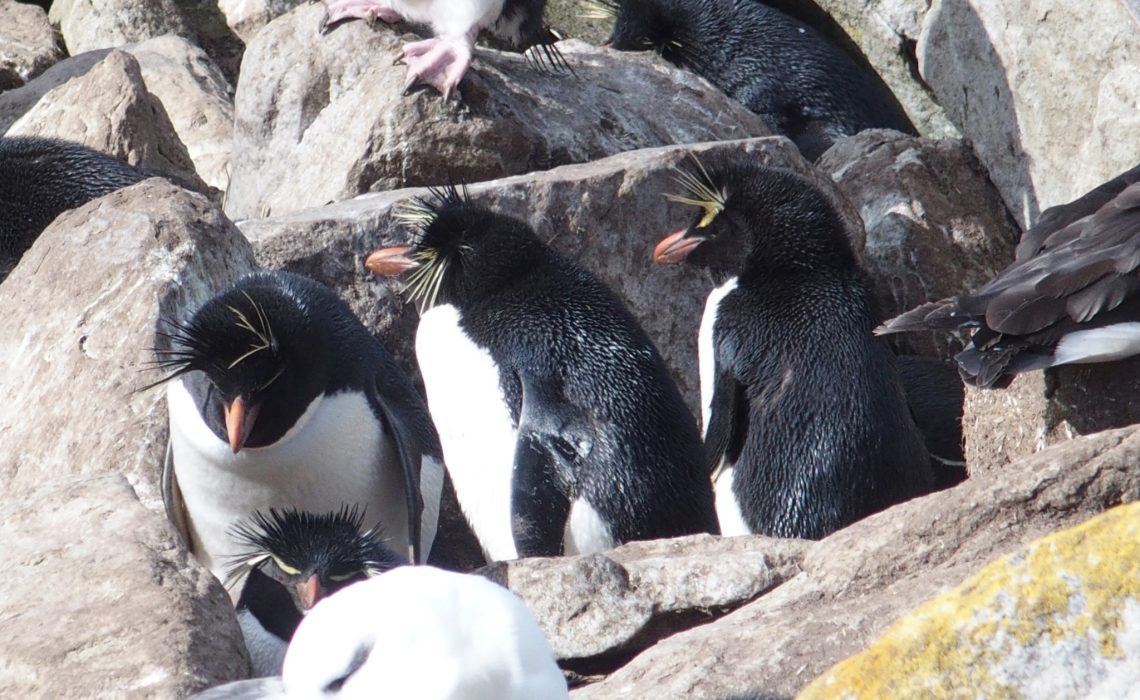
Today, April 25th, marks World Penguin Day – a perfect opportunity to celebrate these incredible, tuxedoed inhabitants of our planet. From the icy plains of Antarctica to the sun-drenched shores of the Galápagos, penguins captivate us with their charm and resilience. But beneath the adorable waddle and the impressive dives lies a stark reality … many penguin species are facing a perilous future.
The facts paint a concerning picture. While we marvel at their ability to thrive in harsh environments, these very environments are rapidly changing, putting immense pressure on their populations. Let’s take a closer look at the challenges our flippered friends are facing:
A Troubling Tide: Species Under Threat
The IUCN Red List paints a sobering picture, with a significant number of penguin species listed as threatened or near threatened. Here’s a glimpse at some of the penguins facing the greatest struggles:
- Adélie Penguins: In certain regions, like the South Orkney Islands, their numbers are dwindling. Alarmingly, some eastern Antarctic populations have plummeted by nearly 50% in the last decade, potentially due to increased sea ice cover disrupting their foraging.
- Chinstrap Penguins: Their populations have experienced significant declines, a worrying trend that demands attention.
- Emperor Penguins: These majestic giants face a high risk of extinction due to the devastating impacts of climate change and habitat loss. Shockingly, studies predict that many colonies could become almost extinct by 2100, potentially leading to an 81% reduction in their total numbers.
- Galápagos Penguins: These unique equatorial penguins are sadly listed as Endangered.
- Northern Rockhopper Penguins: Also classified as Endangered, their future hangs in the balance.
- African Penguins: The situation is critical for these coastal dwellers, listed as Endangered with predictions of potential extinction in the wild by as early as next year. This is a stark warning we cannot ignore.
- Macaroni Penguins: Once abundant, their numbers have significantly decreased from 2.5 million breeding pairs in the 1970s to around 1 million today.
- Southern Rockhopper Penguins: Classified as Vulnerable, they are also facing considerable challenges.
- Yellow-eyed Penguins (Hoiho): With only around 3,400 individuals remaining, these unique New Zealand natives face a high risk of extinction in the near future.
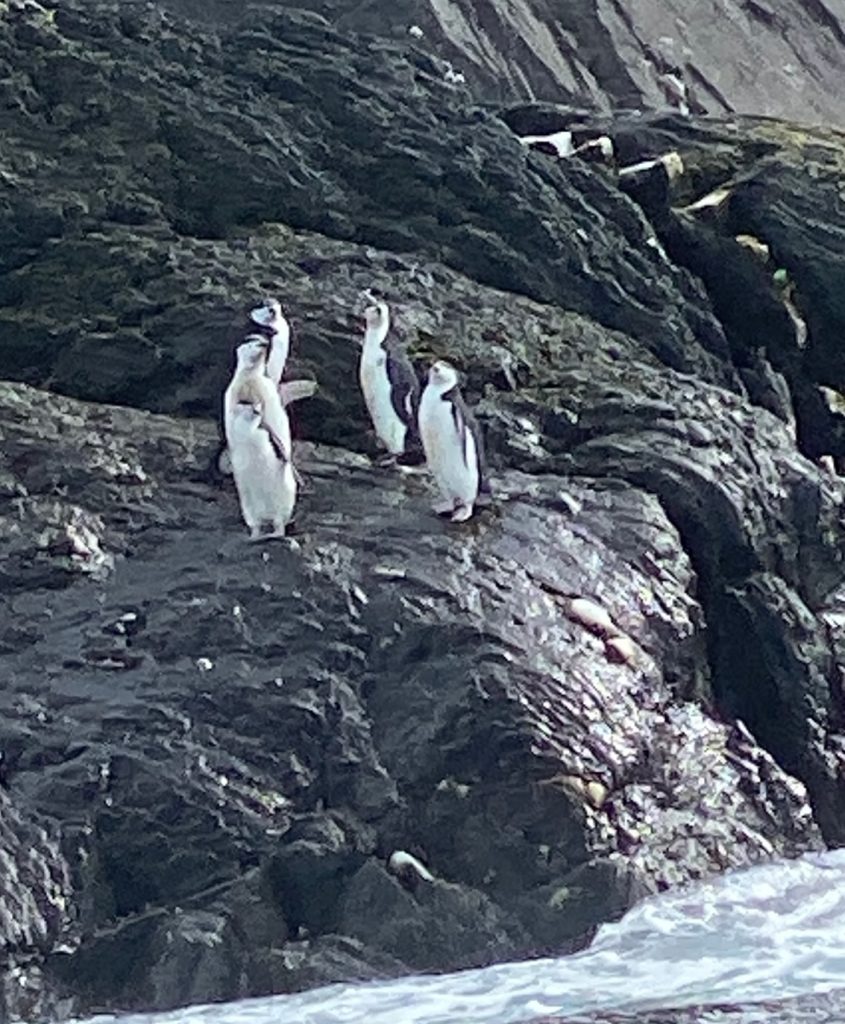
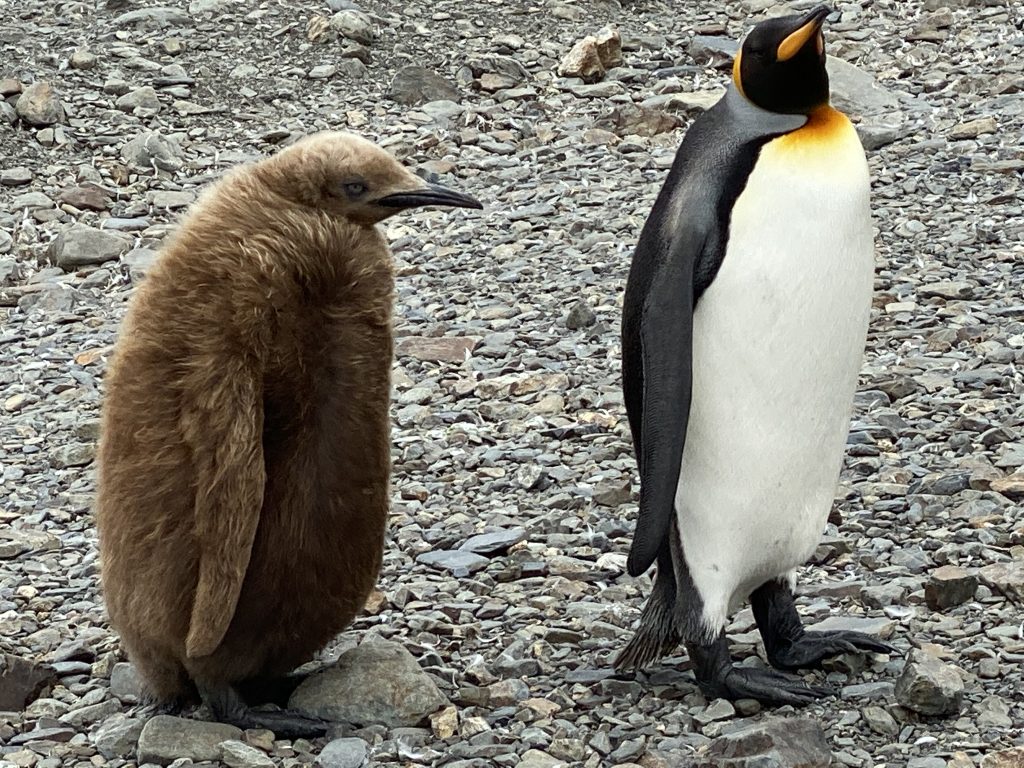

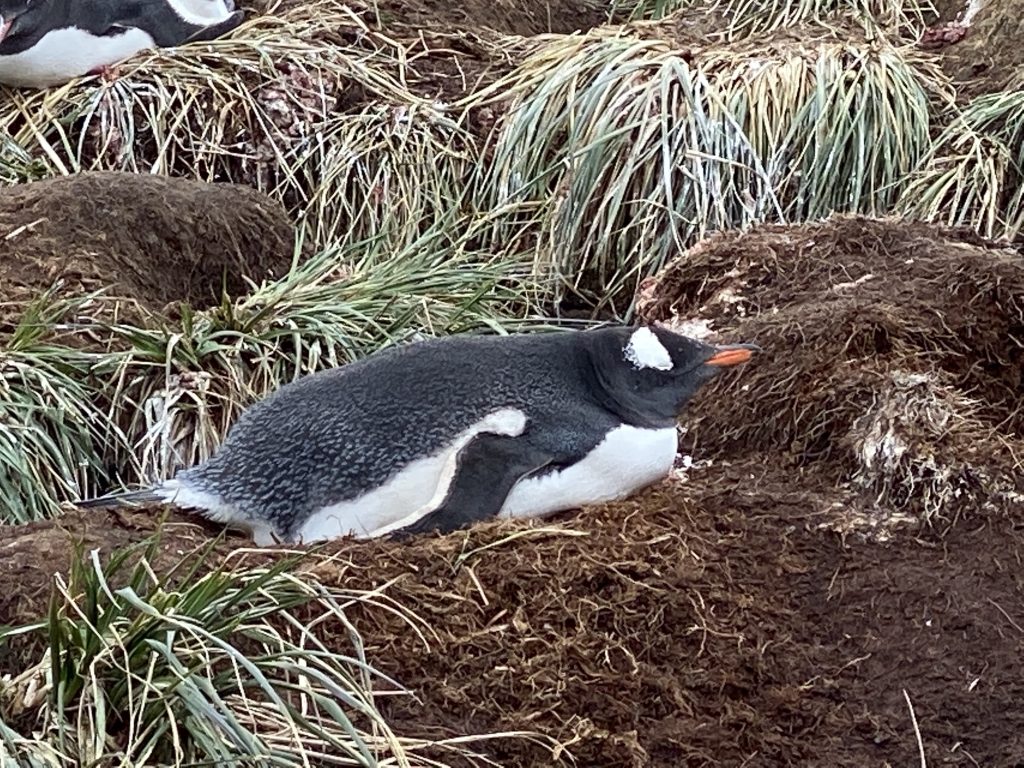
The Culprits: Climate Change and Beyond
The primary driver behind these declines for many species is climate change. Penguins that rely on sea ice for crucial activities like breeding and foraging are particularly vulnerable as the ice melts and becomes less predictable.
However, climate change isn’t the only threat. Habitat loss, driven by human development and other factors, also plays a significant role. Pollution, particularly plastic pollution and oil spills, can have devastating impacts on penguin health and survival. Furthermore, overfishing in their feeding grounds reduces the availability of prey, leaving them struggling to find enough food for themselves and their chicks.

Every Click Counts: Fueling a Greener Future, One Story at a Time. Our planet whispers a plea for change, every day. Every small step we take – from reusable bags to conscious consumption – ripples outwards, creating a wave of hope. Let’s rewrite the story of our planet, one click at a time. Join me in making a difference. I believe in the power of storytelling. By sharing inspiring environmental initiatives and practical tips, I aim to amplify the voices making a difference. Imagine a world where everyone is empowered to take action, one small change at a time. Together, we can create that reality. Your support is more than just a donation. By clicking the “Donate” button (top right corner), you become a partner in this mission. Your contribution fuels this platform, allowing me to share even more impactful stories and empower a global community.
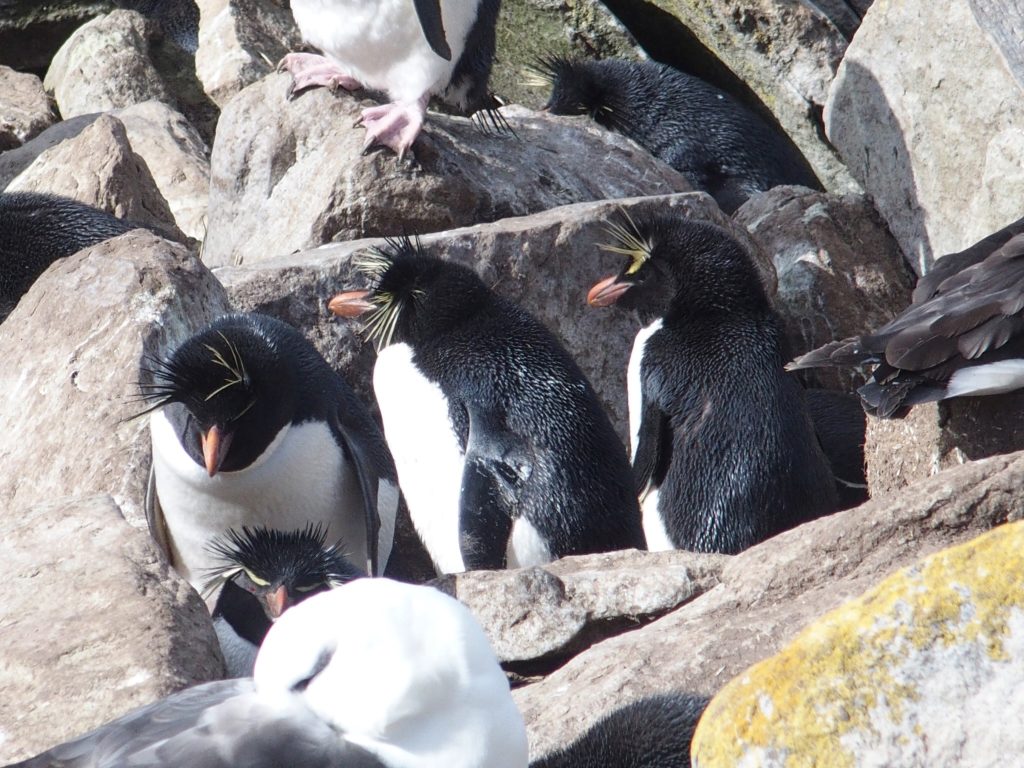
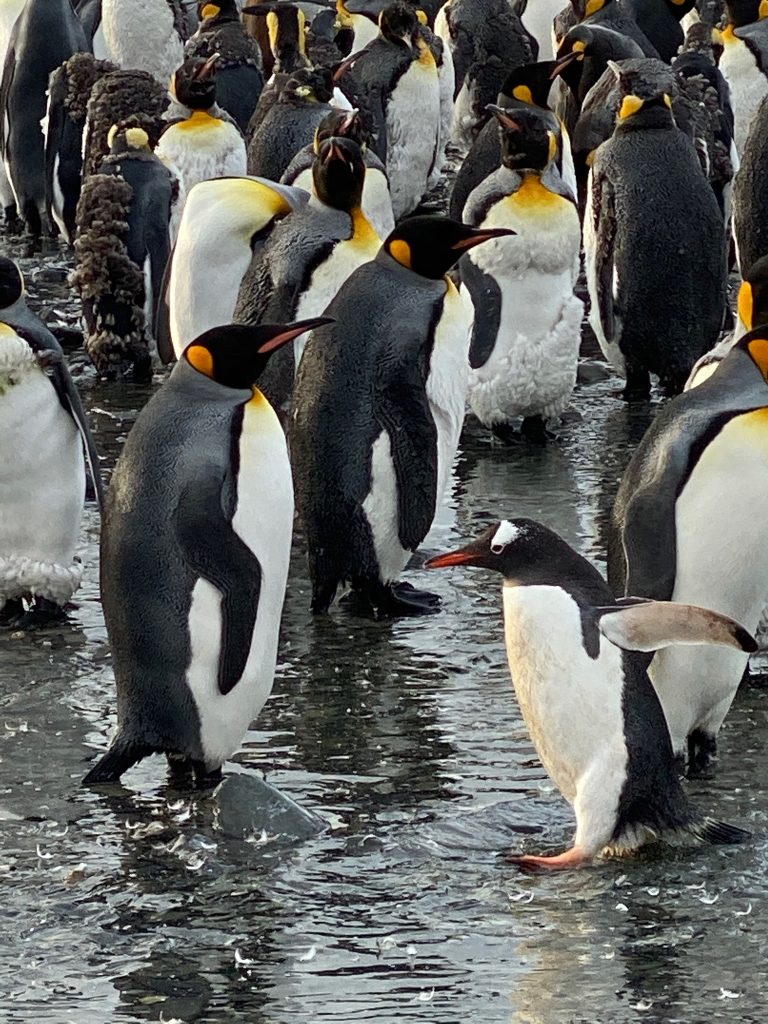
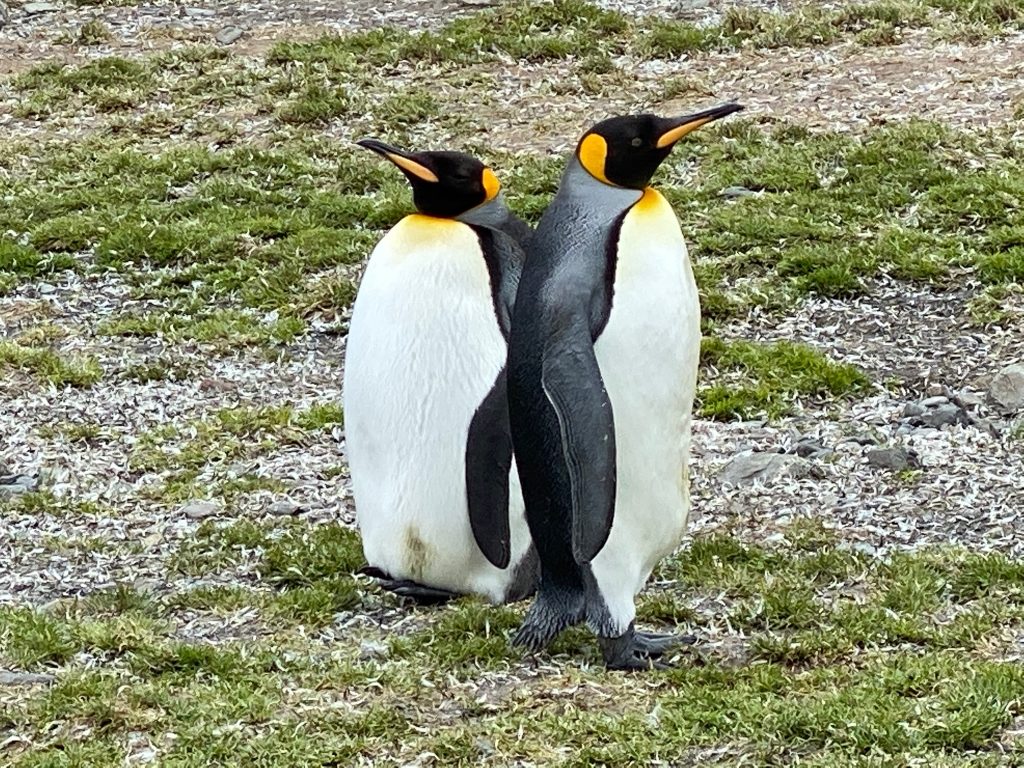
A Glimmer of Hope: Success Stories and the Path Forward
Amidst the concerning trends, there are glimmers of hope. King Penguin populations have shown a remarkable recovery, increasing from just a few hundred in the 1920s to over 450,000 today. Gentoo Penguins: Near Threatened on the IUCN red list, but their populations have remained stable since 2019. Similarly, Humboldt Penguin populations have recovered and are no longer in decline. When we look at the work that has been put in for example by South Georgia Heritage Trust on the islands of South Georgia where you find many Gentoo and King penguin colonies it demonstrates that conservation efforts can indeed make a difference. Same for the significant conservation projects for the Humboldt penguin with projects focussing on protecting the breeding colonies and surrounding coastal waters.
These success stories remind us that it’s not too late to act. World Penguin Day serves as a crucial call to action. We can all contribute to penguin conservation in various ways:
- Support organisations dedicated to penguin research and conservation.
- Make sustainable choices to reduce your carbon footprint and combat climate change.
- Reduce your plastic consumption to minimise pollution in penguin habitats.
- Support sustainable seafood practices to ensure healthy ocean ecosystems.
- Educate yourself and others about the challenges penguins face and the importance of their conservation.
Penguins are an integral part of our planet’s biodiversity. Let’s use this World Penguin Day not just to admire these wonderful creatures, but to commit to protecting their future. The fate of many penguin species hangs in the balance, and it’s up to us to ensure that future generations can continue to marvel at their waddle for years to come. Let’s make this World Penguin Day a call to action
